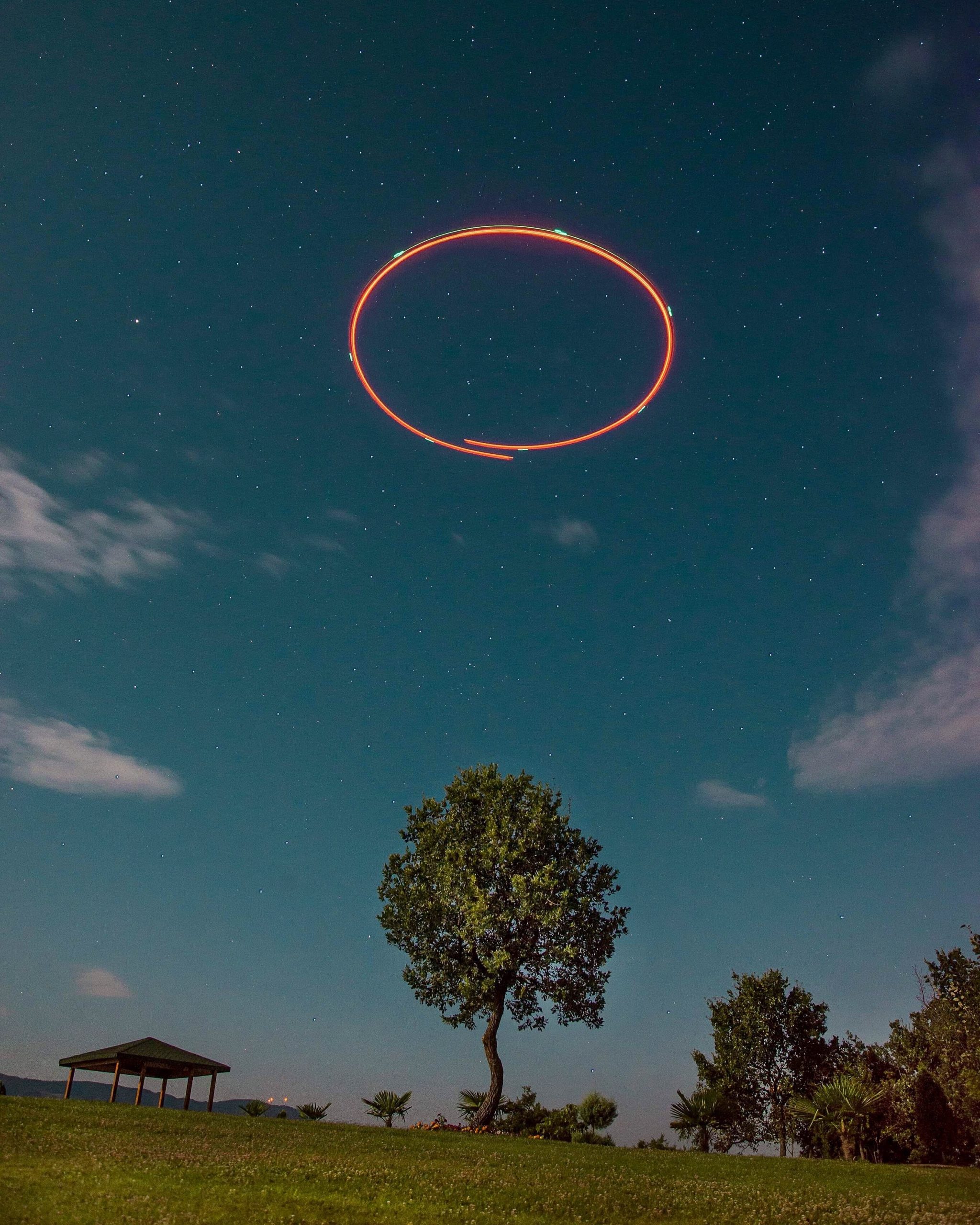In an era of constant innovation and digital advancements, the intersection of art and technology has ushered in a new era of creative expression. From mesmerizing digital installations to interactive sculptures, artists around the world are harnessing the power of technology to redefine traditional artistic boundaries. This fusion of art and technology not only pushes the limits of creativity but also challenges our perception of what art can be.
Artists have long been at the forefront of societal shifts, capturing the spirit of their time and provoking thought. With the advent of technology, artists now have a vast array of tools at their disposal to explore their visions and engage audiences in unprecedented ways. The synergy between art and technology has become a breeding ground for innovative collaborations and boundary-pushing experimentation.
One such artist, renowned digital sculptor Ava Chen, has been at the forefront of this dynamic synergy. Her groundbreaking installations combine traditional sculpting techniques with interactive technology, inviting viewers to become active participants in her artworks. Chen’s work exemplifies the transformative power of technology, blurring the line between the creator and the spectator.
In a recent interview, Chen explained, “Technology opens up endless possibilities for artists. It allows us to create immersive experiences that transcend traditional mediums. With the integration of sensors, artificial intelligence, and virtual reality, we can create artworks that respond to the environment, adapt to the viewer’s presence, and even evolve over time.”
Chen’s work is a testament to the fact that art and technology are not mutually exclusive but rather complementary forces that can amplify each other. By embracing technology, artists can reach new heights of creativity and engage with audiences in profound ways. The fusion of art and technology has expanded the possibilities for artistic expression, enabling artists to explore concepts and themes that were previously unattainable.
However, the rise of technology in the art world also raises questions about the nature of artistic authenticity and the role of human creativity. Critics argue that the reliance on technology detracts from the human touch and spontaneity that are inherent in traditional art forms. They fear that technology may overshadow the emotional depth and personal connection that art has traditionally evoked.
To address these concerns, it is important to recognize that technology is merely a tool in the hands of the artist. It is the artist’s vision, skill, and intent that breathe life into the artwork. Technology enhances the artistic process and provides new avenues for exploration, but it is ultimately the artist who imbues the artwork with meaning and emotion.
As technology continues to evolve at an unprecedented pace, the synergy between art and technology is poised to reshape the art landscape in profound ways. Artists are not only using technology as a means of creation but also as a medium to comment on social issues, challenge norms, and spark dialogue.
The dynamic fusion of art and technology presents us with endless possibilities and invites us to reevaluate our understanding of creativity and artistic expression. It is a testament to the human capacity for innovation, imagination, and adaptation. As we continue to witness the evolution of this synergy, it is clear that the future of art lies in the hands of those who dare to push the boundaries and explore the uncharted territory where art and technology intertwine.
[Word Count: XXX]
[Note: This article aims to highlight the growing intersection of art and technology, showcasing the potential and challenges it presents to artists and the art world. The piece emphasizes the complementary nature of the two fields while acknowledging the concerns surrounding the impact of technology on traditional artistic values.]




